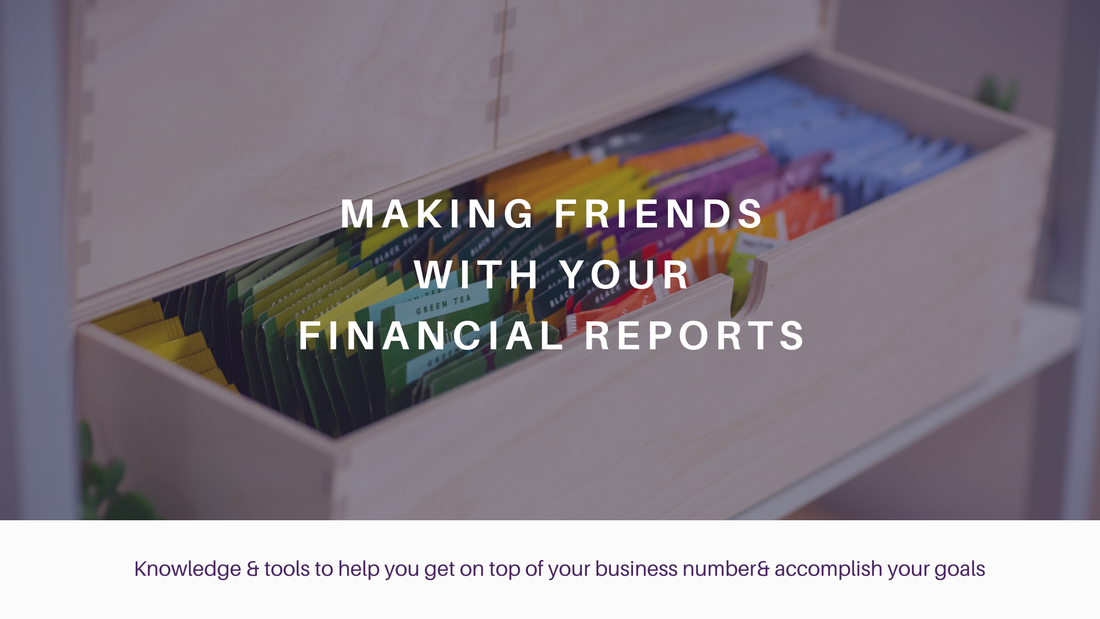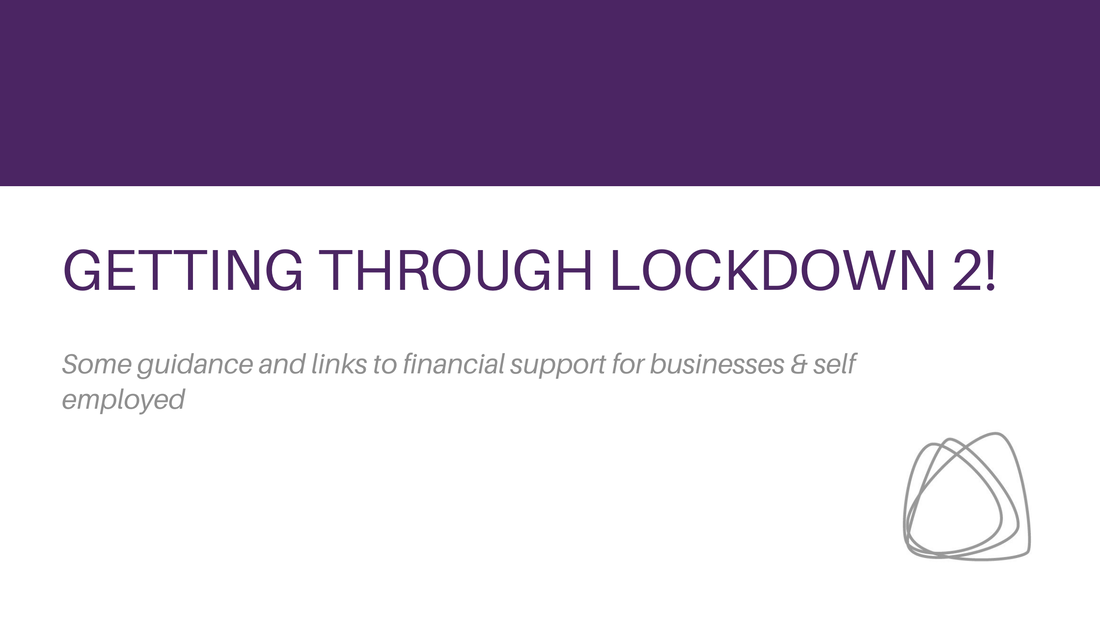|
Here at Pyramis, we believe that your financial records should be there to help you and your business. Yes, the priority is to get the records right for the tax man, but ultimately, as your business gets older, matures and grows, the numbers become a certain source of truth about the state of your business.
So how equipped do you feel to find, analyse and use your reports for your decision-making process? This month we thought we’d look at some of these reports with you… The 3 Key Reports When starting anywhere with your reports, there are three key ones, each of which has very different information in them. These reports are your Profit & Loss (or Income Statement), your Balance Sheet (or Statement of Financial Position) and your Cash Flow Forecast. Now if you have been keeping up with some of our previous posts, you’ll probably be sick to death of us discussing the Cash Flow Forecast, however this is still the highest on the priority list to master. It is a pretty safe bet that if you master managing the Cash for the 12-18mths ahead; you have got some key foundations in place to keep the business healthy. You can request our FREE Cash Flow resource here. Next on the to do list are the Profit & Loss and the Balance Sheet Reports, so what are they and what do they tell you? If you have ever heard of your bookkeeper or accountant talk about double entry bookkeeping, these are the key reports that the system produces. All that effort in allocating your transactions to a particular accounting category, ultimately ends up on either the Profit & Loss or the Balance Sheet. So all transactions end up in one of these two reports. Profit & Loss Report The crucial point of the Profit & Loss (P&L) Report is to determine just that, have you made a profit or a loss. It looks at how well the business is performing. Key things to note:
What can you do with a P&L report?
Balance Sheet The balance sheet shows what the business owns (assets) and owes (liabilities) at a point in time. The key point of the Balance Sheet (BS) Report is to determine how healthy your business is and what position it’s in. The best way I have heard it explained is that it is like a photograph in time of all your assets, liabilities, reserves and capital/equity. Let’s break down some of that terminology: Assets = Items that you own or control that help create a benefit for you in your business For example, a cake baking business could buy an oven that will help to bake cakes to sell. Assets can also be the cash in your bank account. Liabilities = Items that you owe to others in the short or long term For example, that Start Up Loan you may have got when setting up; or the invoices owed to your suppliers; or amounts you owe in tax to HMRC. Capital/Equity = The money owners have put in to the business Or the funds from shareholders when they bought their shares. Reserves = This is a blanket term for value generated by the business while trading For example, profits or increase because of a revaluation of assets, less what’s been paid out to owners. Overall, the Balance Sheet shows whether there are more assets in the business than liabilities and tells you if you are solvent at the time the report is created. Key things to note:
What can you do with a balance sheet report?
Management Reports vs Financial Statements I think it is just worth mentioning that there are degrees of pernickety when preparing financial reports, and so the aim for business owners that want to get a lot closer to their numbers is to develop a sensible reporting structure that tells them about their business. Something that can be used weekly, fortnightly, monthly or quarterly, makes sense year on year and has enough detail to help decision making. This firmly fits into the ‘Management Accounting’ and ‘Management Reporting’ aspects of financial reporting. These are internal documents/reports, solely used for managing the business and are usually not shared outside the organisation. It therefore has more freedom than those your accountants might prepare that at the end of the year, we often refer to these as ‘Financial Statements’. Financial Statements are more formal, follow accounting principles and standards as set out by the relevant authorities. Here in the UK, we are concerned with satisfying Companies House and use a certain set of standards applied based on the classification of your business size. It is really important for accountants to follow these standards as this is what makes the published accounts a level playing field, especially for parties outside the organisation. They want to be able to compare performance, knowing the same rules are applied. E.g. If you wanted to know which supermarket was doing better and who you wanted to buy stocks in, you want to be able to compare the key players with each other and compare like with like. Here at Pyramis we love to make the management accounts and the financial statements talk to each other. So our aim is to help you develop management reporting that works for you as a business owner, but that also feeds smoothly into the financial statements and any other external reporting you need to do, so that there are no surprises when your year end statutory accounts are prepared. How to create these reports? Using an accounts package such as Xero or Quickbooks makes reporting very easy as these reports are built into the system and can be accessed within a few clicks. Another benefit of accounts software is that as the data is all cleanly entered, so changing the reporting to different time periods, altering the format or the level of detail is also fairly simple to do. It also allows you to quickly compare previous periods or look for trends over time. And the biggest benefit is that you should be able to export these reports into a spreadsheet format, which then allows you to convert that into graphical formats or apply calculations to gain metrics on the values. What do you do if you don’t currently have an accounts package? Well, the answer depends on how comfortable you are already with financial reports… Ultimately you can build them yourself from your prime book-keeping records and may need to do a bit of online learning to work out what categories you have and where they go on the reporting structure, however that might not be everyone’s cup of tea! If you have an accountant, it may be worth asking them if they can help provide these more regularly, or even help you set them up, and ask how much that might be as a regular service. Alternatively, here at Pyramis Solutions, we offer ‘Working Sessions’ for such a task, we can sit down with you to help create a template for you to continue working with over the coming months or years. We would recommend that as soon as it’s feasible, move over to an accounts package. With Making Tax Digital becoming more prevalent and packages becoming even more automated and useful for business owners, it can save pounds in your time and it is less likely to have those awful spreadsheet errors. As a Xero partner, we know that their basic package is becoming much more suitable for a lot more businesses, so may be worth having a look. Other Useful Reports & Metrics We could talk about useful reporting all day, but here is a snapshot of some other useful reporting elements that would be worth looking at:
You Get Out What You Put In Ultimately, your reporting can only be as accurate or as up to date as the information being put into it. So another Pyramis passion is encouraging clients to keep up to date with their books so you’ve got better data for working with!
0 Comments
With the news of another lock down days away, Alison, over in our sister company, Pyramis Accountancy, has quickly pulled together some information which we hope will help.
The new JSS (Job Support Scheme) was supposed to be coming in from this month. However instead, the ‘old’ JRS (furlough) scheme is being extended. Key points are: • The basics are the same as the original furlough scheme • Furloughed employees would receive 80% of their gross salary up to a maximum of £2,500 • Employers can choose to top up the wage to 100% salary • Employers will need to cover the cost of related national insurance and pension • Part time furlough is available, where employers will pay for any hours worked by the employees • To be eligible employees must have been on payroll by 30th October 2020 • It’s not clear yet what ‘usual’ wage level the JRS will be based on • The government will confirm shortly when claims can first be made in respect of employee wage costs during November, but there will be no gap in eligibility for support between the previously announced end-date of CJRS and this extension • The JSS will not start until the JRS has finished Support for Self-Employed Workers Originally there were to be two further grants for self-employed workers, covering the periods November 2020 – January 2021 and February 2021 – April 2021. The first of these is now to be at 40% of average wages (instead of 20% as previously stated). There’s further information here, which will be updated as details develop: https://www.gov.uk/government/publications/self-employment-income-support-scheme-grant-extension/self-employment-income-support-scheme-grant-extension Key points are: To be eligible individuals (and partnerships) must:
Links to other support: You can find a lot of information here: https://www.gov.uk/coronavirus/business-support
|
Archives
July 2021
Categories
All
|
What would you like to do next?
|
|
I AM INTRIGUED AND WOULD LIKE TO KNOW MORE ABOUT WHAT YOU DO |
|
Book a clarity call
Book a clarity call
Tel: 01173 182 245
Mobile: 07414 277876
Mobile: 07414 277876
PRIVACY POLICY COOKIE POLICY STANDARD TERMS
Pyramis Solutions Ltd is a registered company in England & Wales. Company Registration Number: 11083273;
Company Registered Address & Company Office Address:
Future Space, UWE North Gate, Filton Road, Bristol, BS34 8RB.
Pyramis Solutions Ltd is a registered company in England & Wales. Company Registration Number: 11083273;
Company Registered Address & Company Office Address:
Future Space, UWE North Gate, Filton Road, Bristol, BS34 8RB.
Site powered by Word Gets Around



 RSS Feed
RSS Feed

